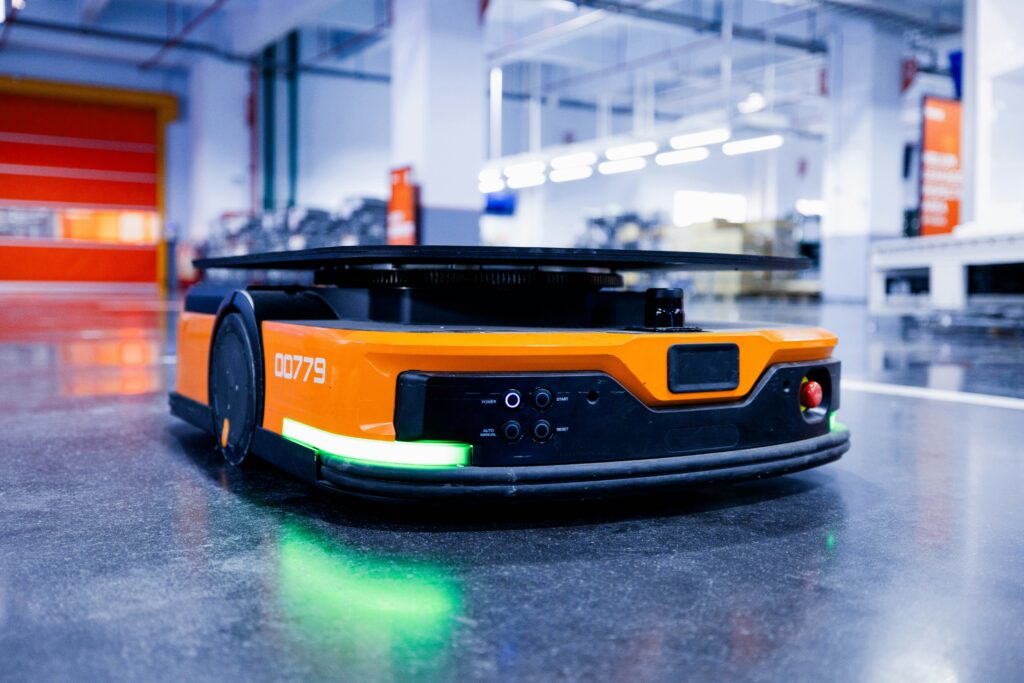
7 Autonomous Technology Innovations Reshaping Efficiency
The world is relying more than ever on automation and robots to get the job done. How do these human-less machines improve efficiency? Here are seven innovations reshaping manufacturing and related industries.
1. V2X Communication
Vehicle-to-everything (V2X) communication is integral to the development of self-driving cars. With V2X capabilities, the car sends and receives information from other vehicles, energy grids and smartphones. Automobiles have yet to reach SAE level 5 autonomy, though V2X has already benefited manufacturers in existing vehicles.
For example, it can warn cars of nearby emergency vehicles and help them avoid collisions. V2X has another role in efficiency by improving fuel economy and reducing wait times. With enabled devices, manufacturers can implement automated platooning to minimize drag and consume less diesel. Communicating with the grid also informs vehicles about roads to avoid when jams occur.
2. Autonomous Ships
While research on self-driving vehicles focuses on the road, other experts have concentrated on autonomous ships. When deployed, these crewless boats can operate alone and without human intervention. Maritime professionals can control the vessel if needed, but autonomous boats leverage IoT sensors and other technologies to avoid collisions.
Autonomous ships have yet to become widespread, though some organizations have conducted trials in short voyages. Maritime experts say these crewless vessels could benefit the industry through advanced safety and efficiency. With autonomous systems, ships can optimize routes further and operate continuously. They also use data analytics for predictive maintenance and optimized shipping routes.
3. Delivery Robots
The timely arrival of goods is vital for order fulfillment and customer satisfaction. How can robots help companies reach their clients? Delivery robots are another example of autonomous innovation that improves efficiency. These machines take over the last mile and bring goods to the destination. While popular for restaurants, delivery robots have spread to other businesses.
Due to widespread use, the delivery robot market is expected to be worth $3.2 billion by 2032. Companies have incorporated them into their operations because they can reduce labor and fuel costs.
4. Drones
Drones are another significant autonomous innovation used across industries. These machines can access hard-to-reach areas and provide quality information, thus saving time. When deployed on construction sites, drones operate as flying security cameras on building sites and protect equipment. They can also track progress and recognize safety issues before they hurt employees.
Manufacturers have used drones to streamline processes and reduce waste. For instance, BMW deploys these crewless aircraft to check inventory and improve accuracy. General Electric (GE) has developed autonomous drones to inspect wind turbines, aircraft engines and other essential equipment. Manufacturers also benefit from drones when emergencies arise and rapid deployment is necessary for mitigation.
5. Brick-Laying Robots
Monotonous work can take time and energy away from more important jobs. Experts say nearly half of workers spend most of their time doing repetitive tasks. How can autonomous technology remove the time-consuming, monotonous tasks? In construction, industry professionals are turning to brick-laying robots.
Automating masonry is vital when building houses and office buildings. These machines can outpace humans in brick-laying without needing a break, thus reducing construction timelines and costs. Hadrian X is among the pioneers in brick-laying robots, and this technology recently arrived in the U.S. Reports indicate the machine had a sustained rate of 300 blocks per hour in testing.
6. Farming Equipment
Agriculture is crucial to the global economy, as it feeds communities and provides jobs. The world’s increasing population necessitates autonomous technology to meet demand while maintaining sustainability in the sector. In recent years, research and development has introduced driverless tractors, harvesters and planters to reduce labor needs and improve production.
Autonomous tractors benefit farms by working longer than humans and increasing precision in crop fields. Professors from the University of Missouri said this farming equipment could extend agricultural careers if farm owners have mobility or age-related issues. Other prominent features of autonomous tractors include GPS tracking, LiDAR and sensors for monitoring soil health.
7. Cleaning Robots
Devices like Roomba and iRobot have eased the cleaning burden in homes and smaller facilities. However, autonomous innovation has powered larger machines for manufacturing and industrial settings. These robots help janitorial staff clean more efficiently, thus reducing labor costs and improving hygiene. With continuous operations, they can clean overnight and support production schedules.
Autonomous cleaners have become versatile and efficient thanks to LiDAR, infrared sensors and similar technologies. These features help the robots detect obstacles, understand their surroundings and determine what needs cleaning. Recent innovations like the compact X4 Rovr assist manufacturers by fitting into small spaces and using AI-powered navigation technology.
Using Autonomous Technology to Build the Future
Industries are racing toward automation because of its efficiency opportunities. While challenges exist, companies have embraced these technologies because of heightened safety and sustainability. These machines and small devices can operate with minimal breaks, thus increasing output and reducing labor costs. From automotive to agricultural settings, autonomous innovations are rapidly changing the manufacturing landscape.
*This article is written by Jack Shaw. Jack is a seasoned automotive industry writer with over six years of experience. As the senior writer for Modded, he combines his passion for vehicles, manufacturing and technology with his expertise to deliver engaging content that resonates with enthusiasts worldwide.





